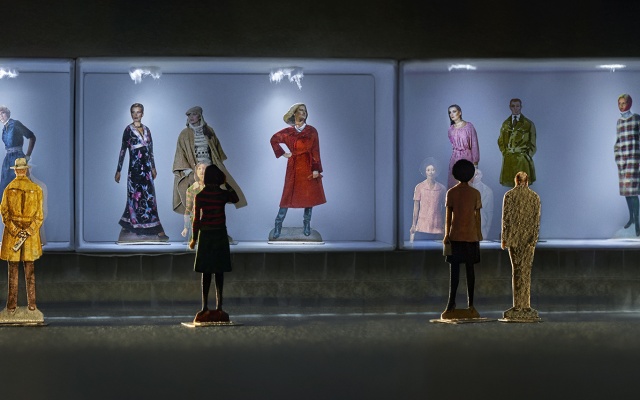
LET’S TOLERATE!
On Monday of October 7th, XS border has been trespassed by a group of citizens of the Union Federal Republic. With their impeccable attire and behaviour, young men from UFR strongly contrasted with refugees our country knew from earlier periods. During organized press conference, representative of newcomers Haiser Recht issued a formal announcement: “Our clean, natural and traditional hate to those who are not the same as ourselves, was approached in UFR with constant intolerance. We felt persistently discriminated during our stay in UFR. We hope that we will find understanding in XS Republic for our radical, honest and ambitious notions”.
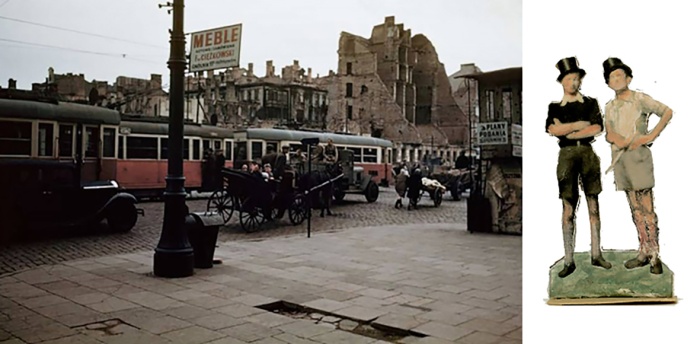
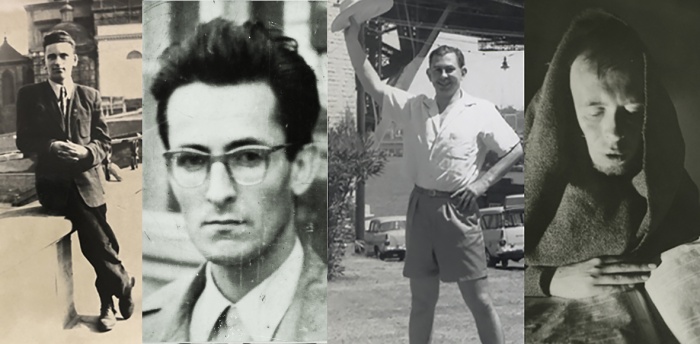
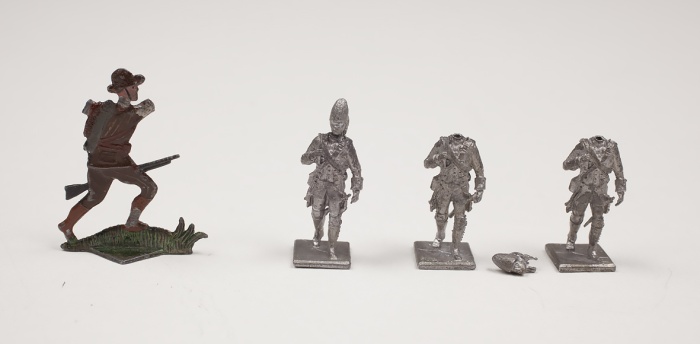
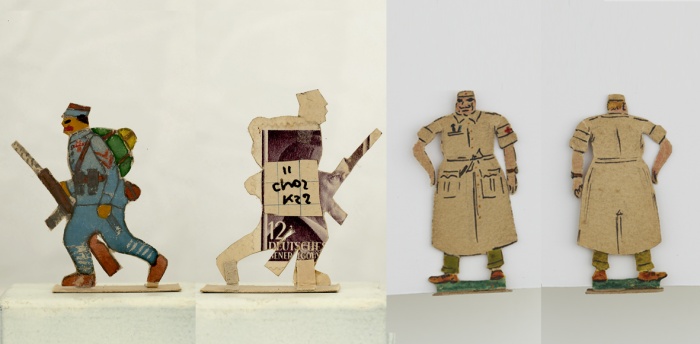
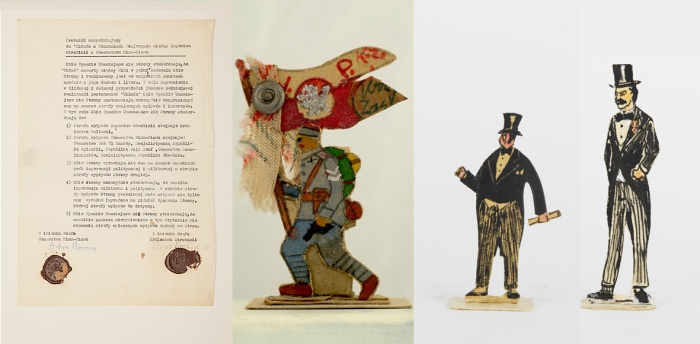
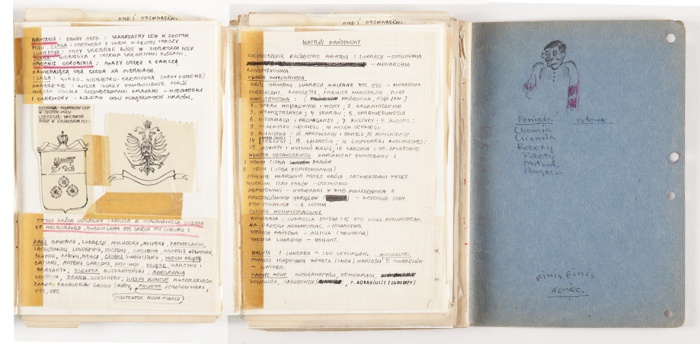
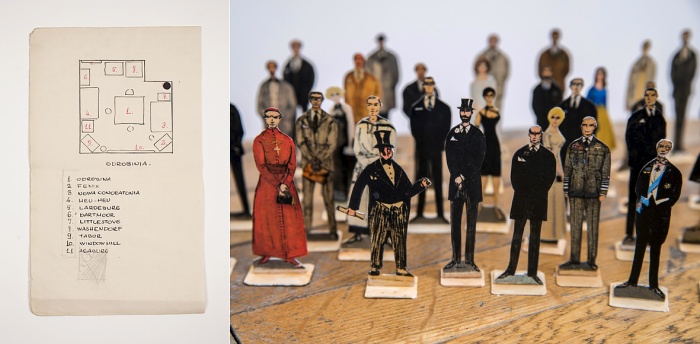
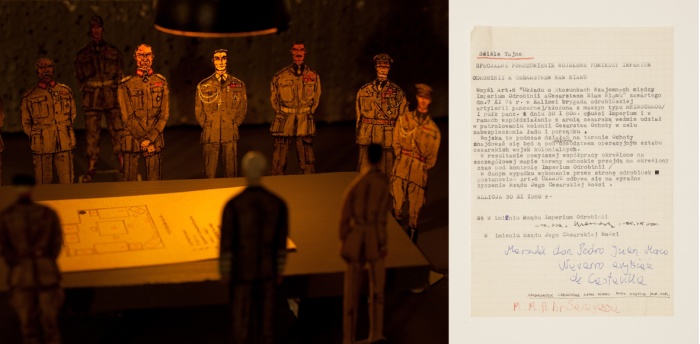
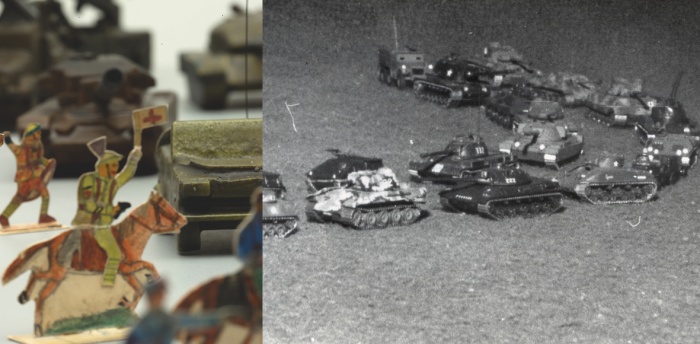
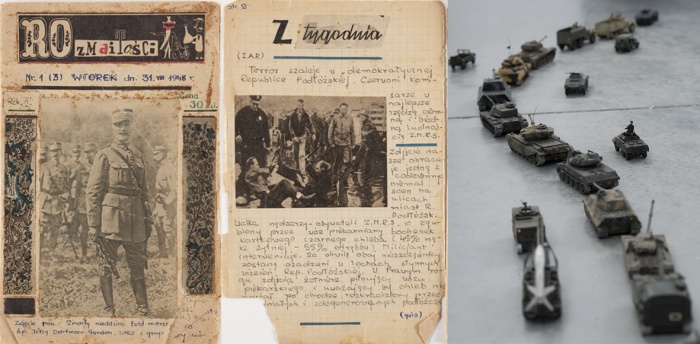
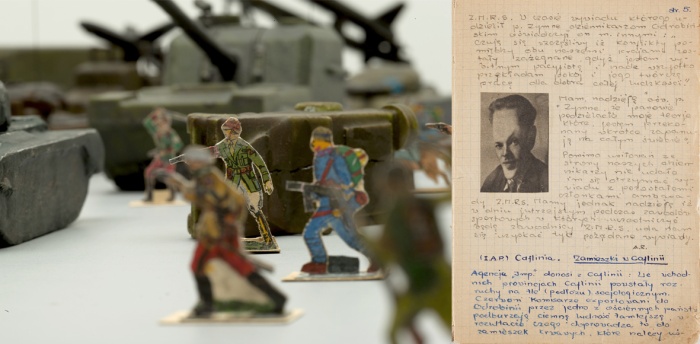
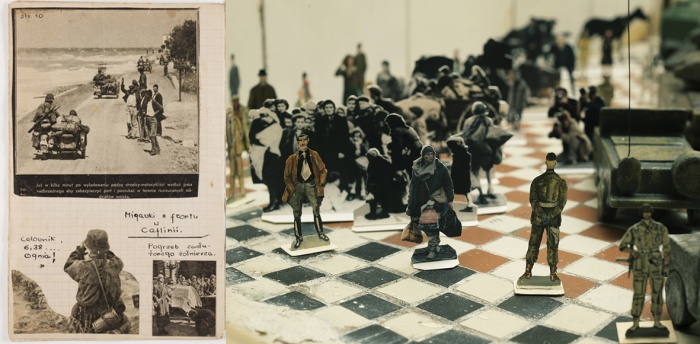
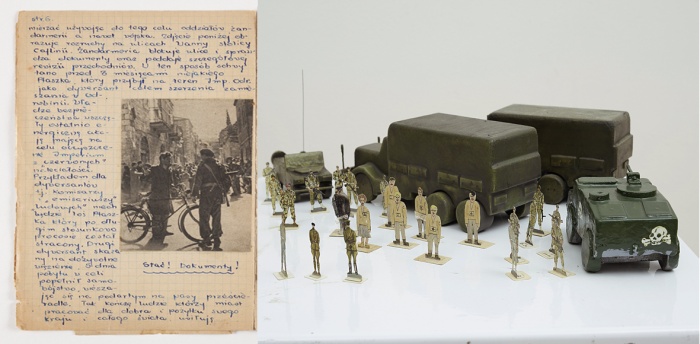
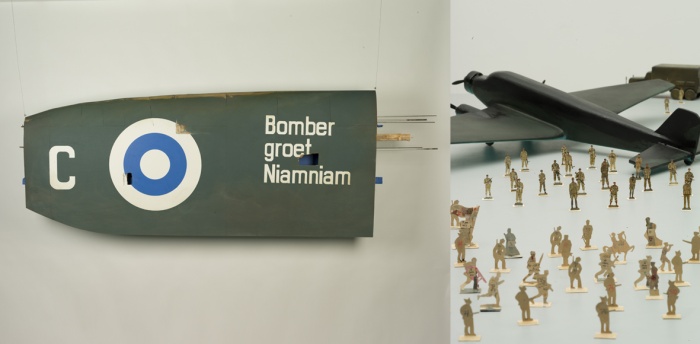

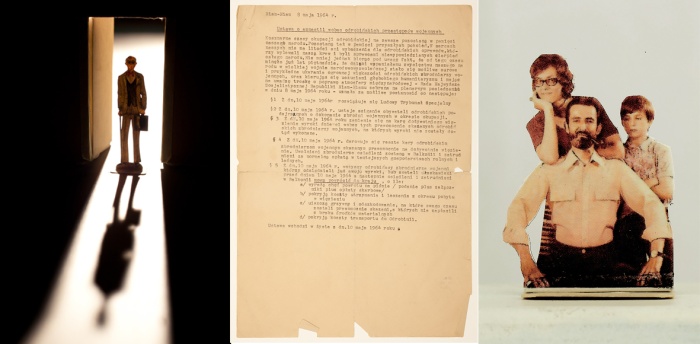
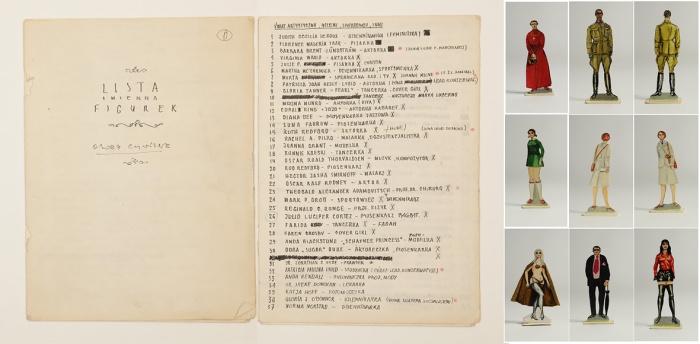
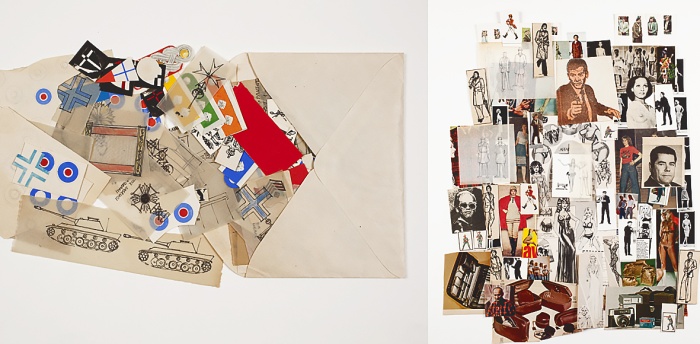
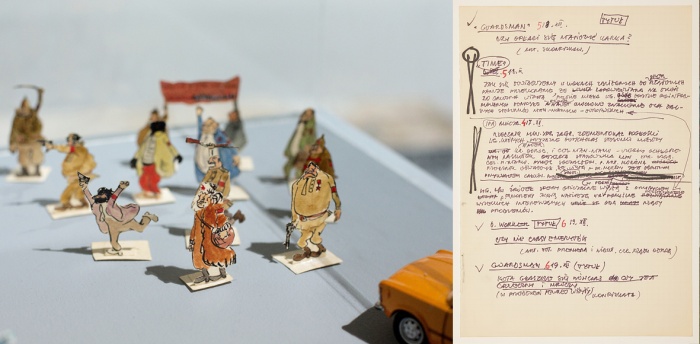
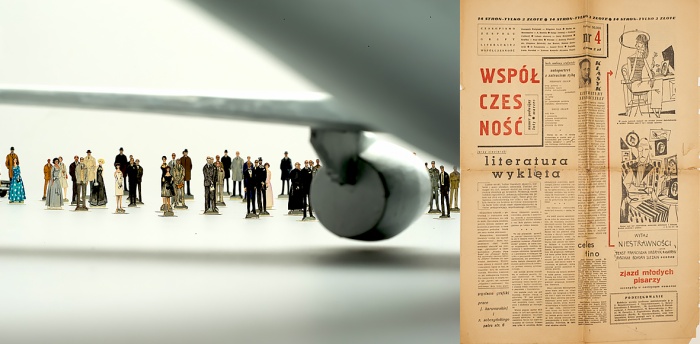
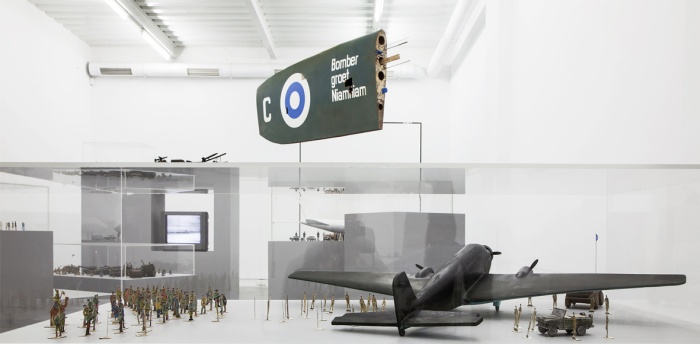
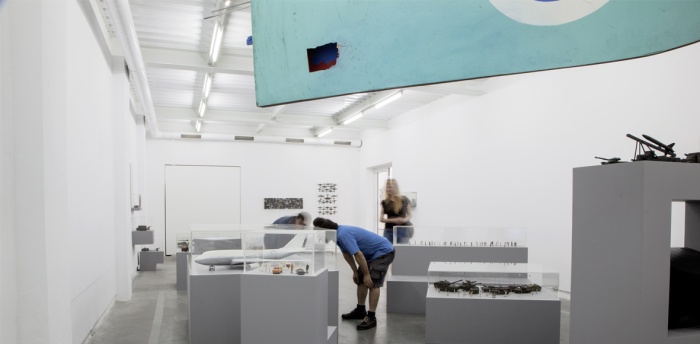
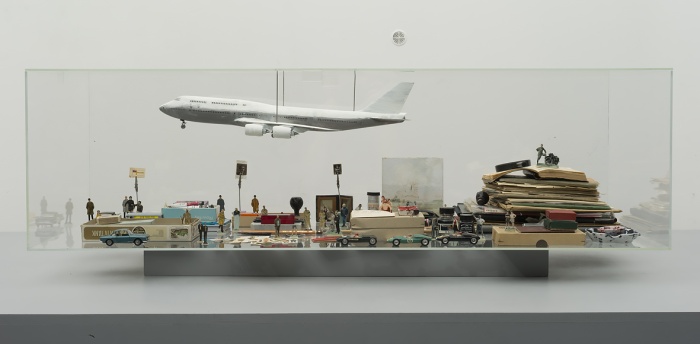
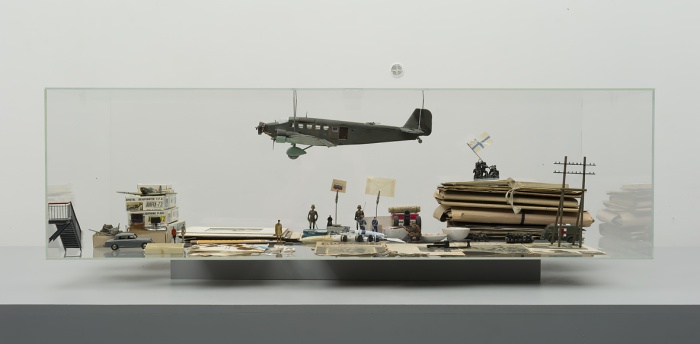
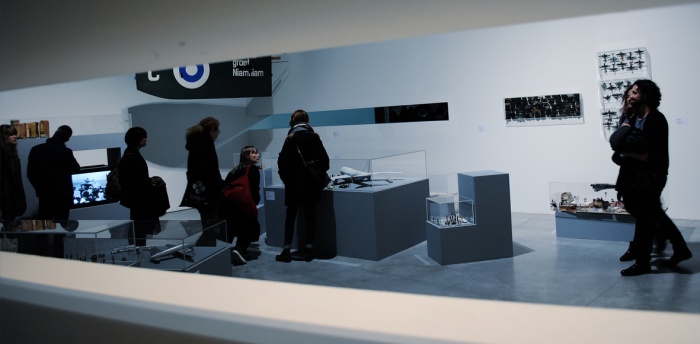
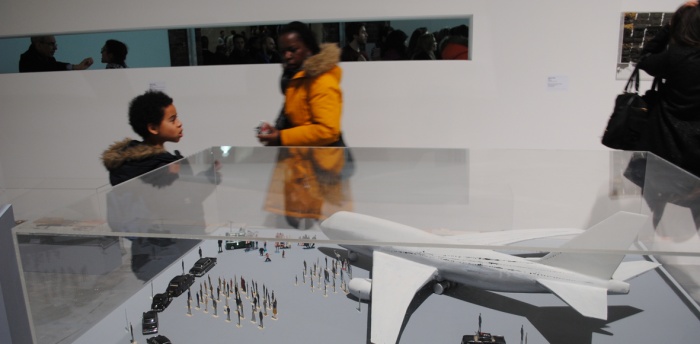
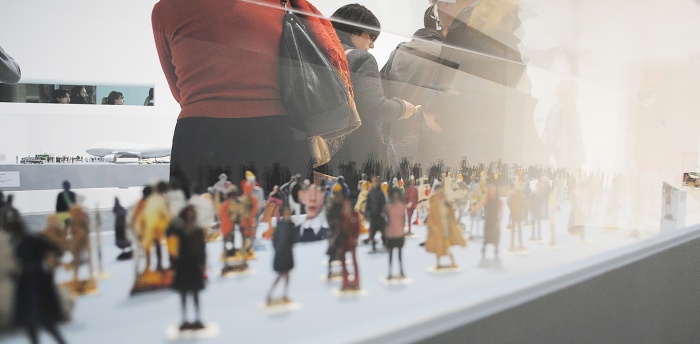
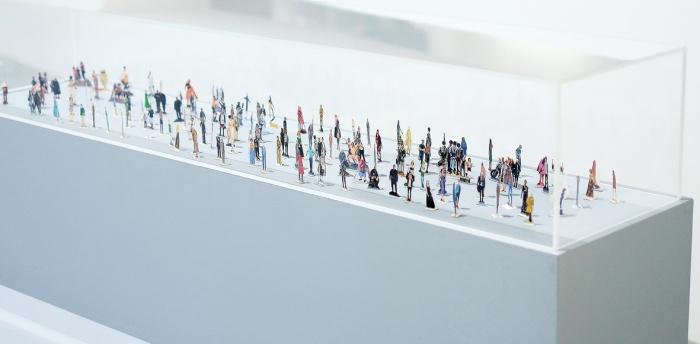
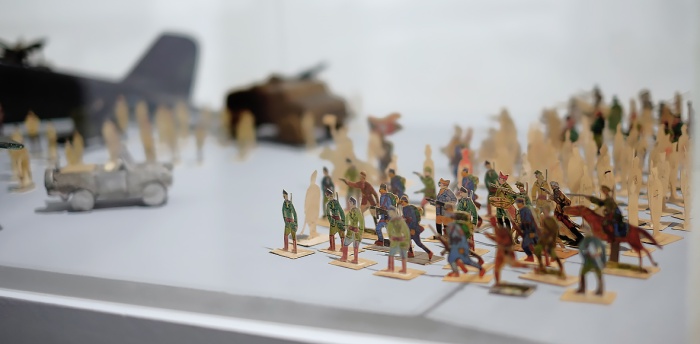
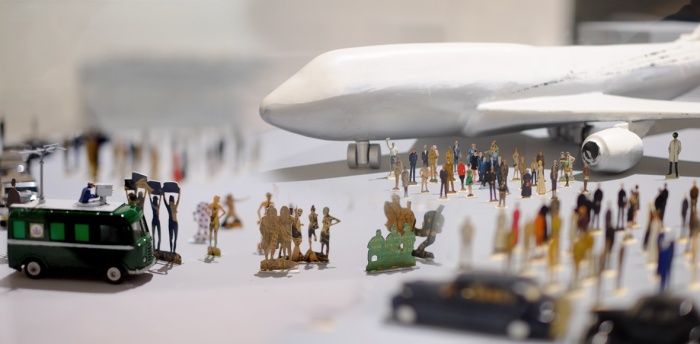

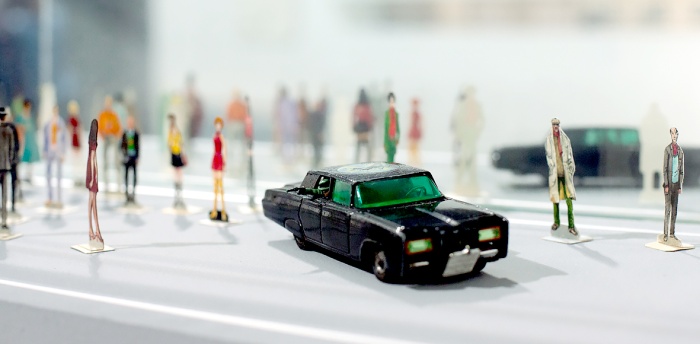
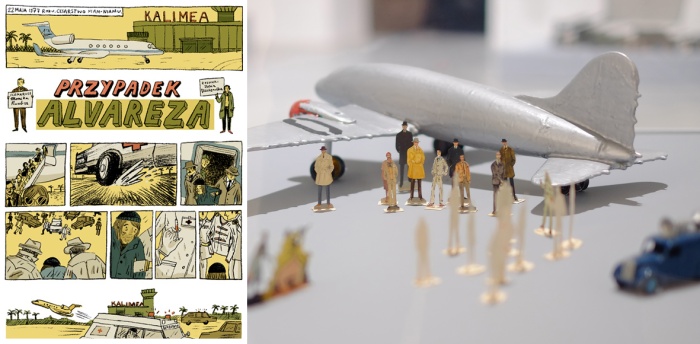
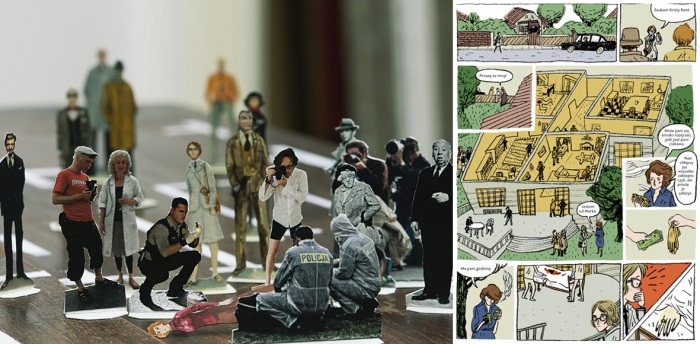
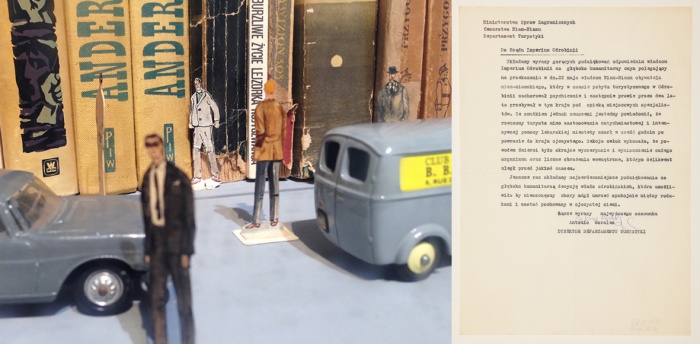
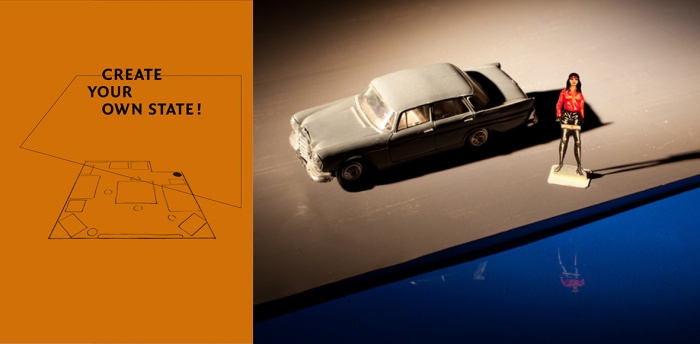
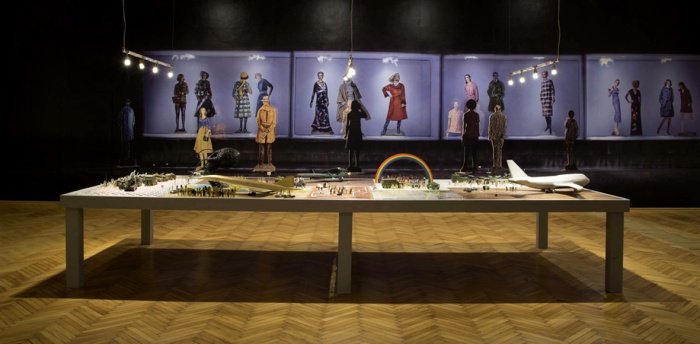
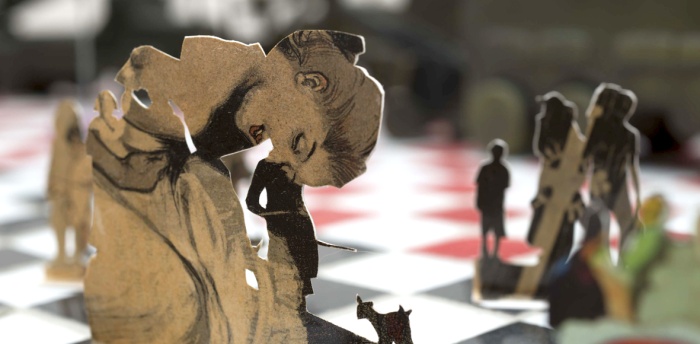
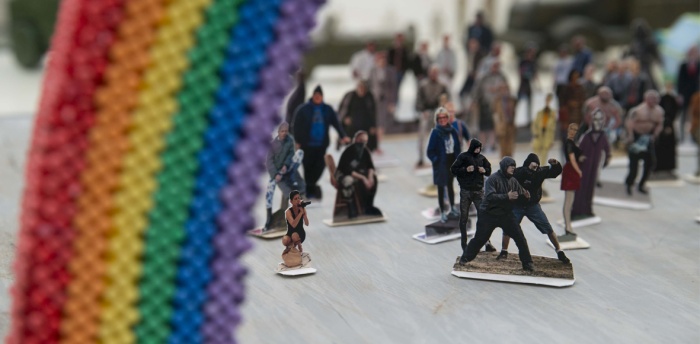
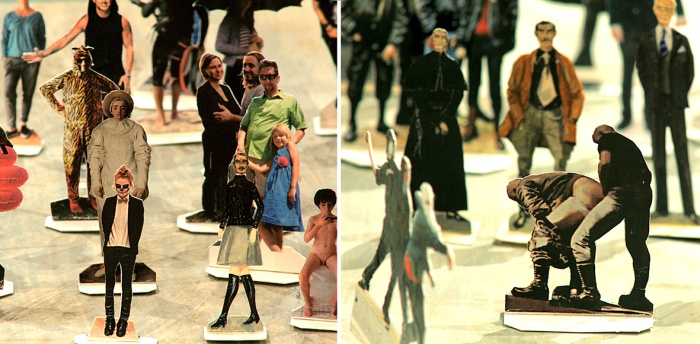
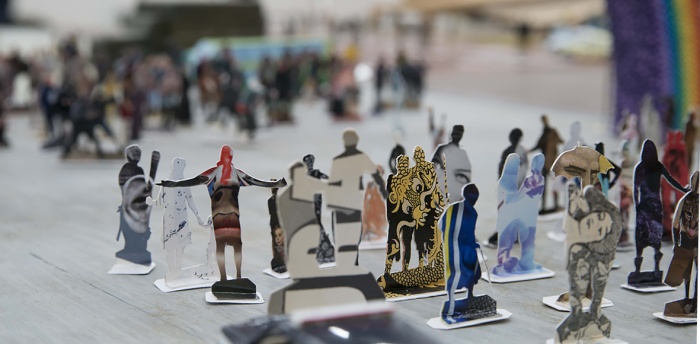
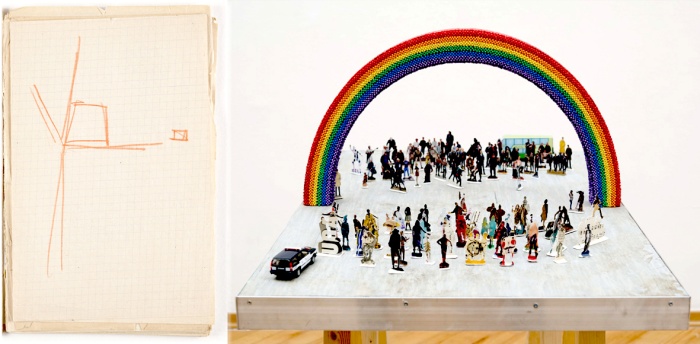
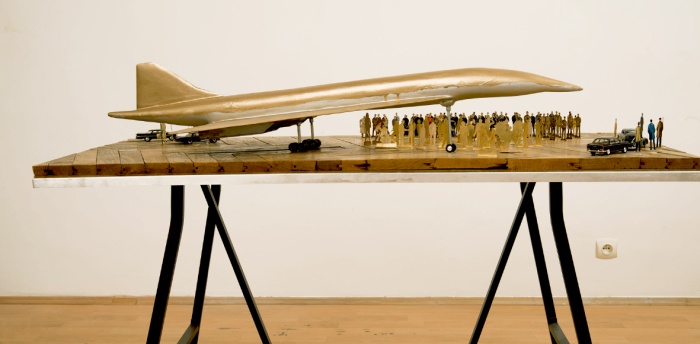
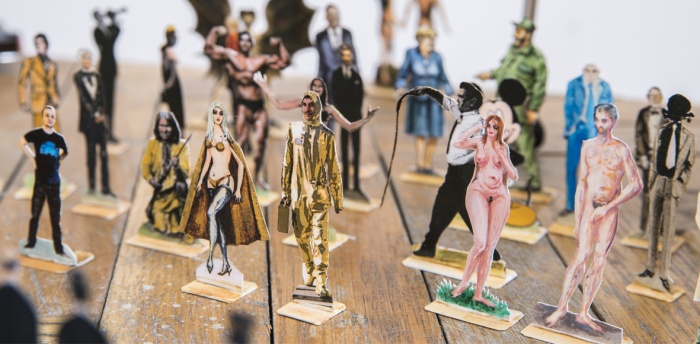
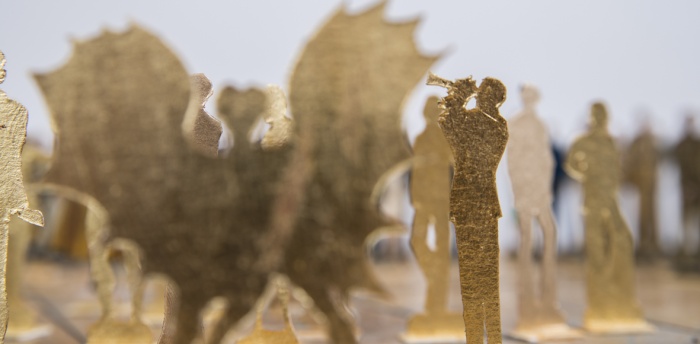
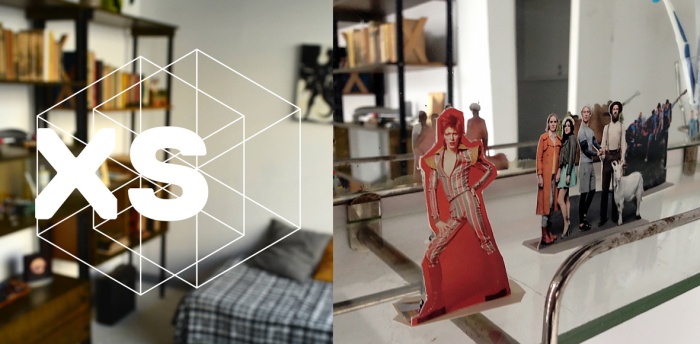
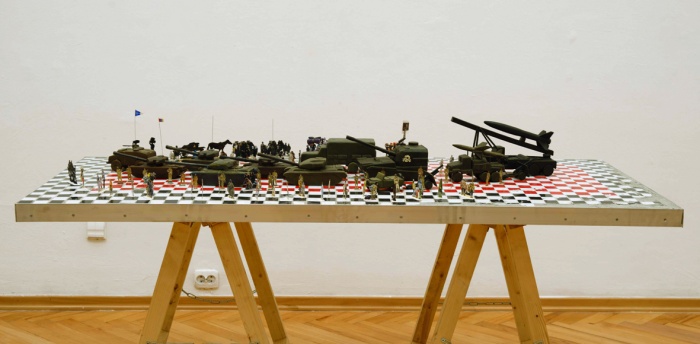
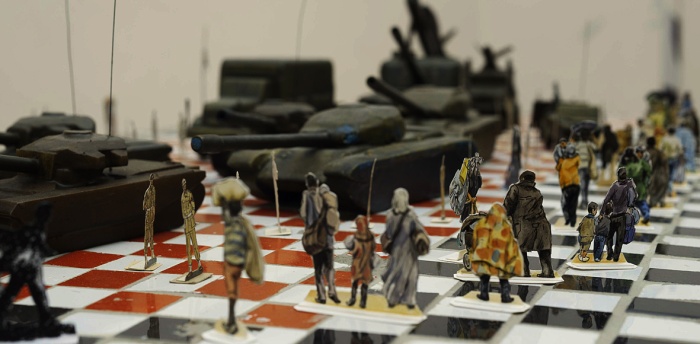
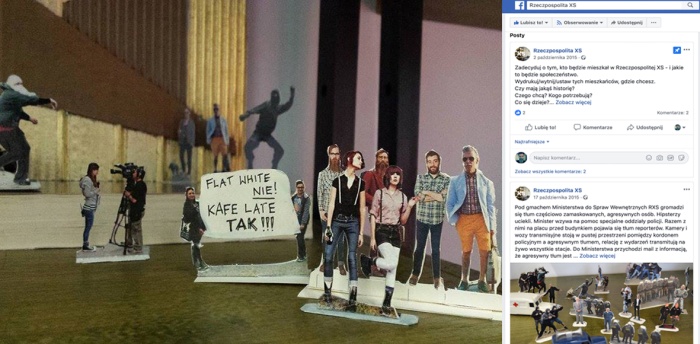
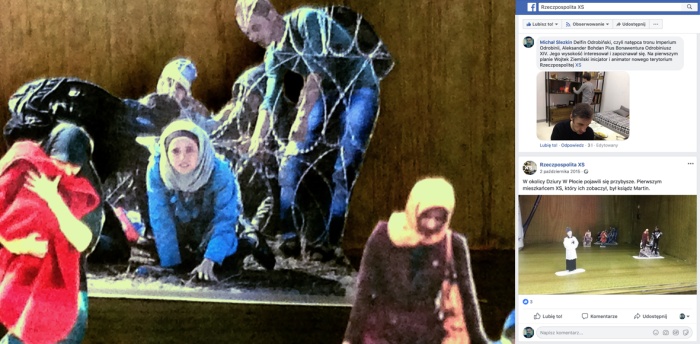
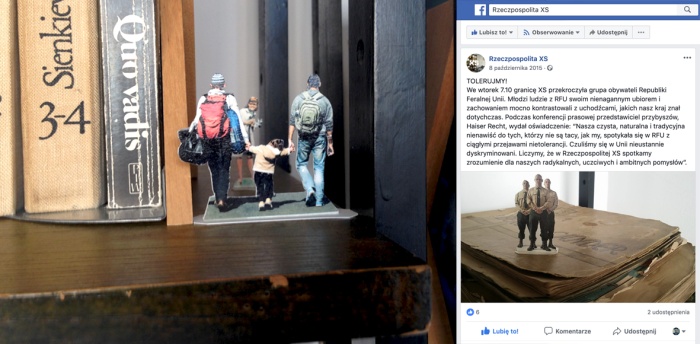
This is a story that consists of a few episodes and from the outset its dynamics were determined by leisure pursuits, a supposedly non-existent phenomenon in hard-working People’s Poland.
In the second half of the 1940s, Bohdan Aleksander Slezkin and his friends initiated a game with invented nation-states, and they carried on playing it, on and off, until the late 1970s.
I have begun with this game and the complicated story of its participants in order to sketch out my idiosyncratic relationship with my father. There have been four stages in the game that I can identify from its inception to the present day.
In its first stage – in 1946–47, this game of fictitious countries was something that a few teenagers were amusing themselves with. It was the beginning of what in due course was to become a complex social relationship.
The game was based on the creation of imaginary political entities and playing out their official and unofficial relations. Slezkin (later a graphic artist, miniaturist, and connoisseur of heraldry and arms) created a parliamentary monarchy, the Empire of Smithereenia (Odrobinia); his friends Jerzy Siewierski (later the author of popular thrillers and a masonry researcher) – the social democratic Niam Niam Empire; Leszek Szymański (later the co-founder of the magazine Współczesność, a disciple of the guru Sivananda Saraswati, a protestant missionary in Papua New Guinea and detective involved in the trial of Charles Manson) came up with the communist dictatorship of the United Materialist Socialist Republics; and Tadeusz Strumff (later a journalist and author of travel accounts from China, as well as the brain behind the slogan “Poles can do”) proclaimed the Polish Republic, drawing on the country’s prewar political system.
Besides official foreign relations involving state visits and reciprocated state visits and the exchange of diplomatic notes or the initiation of armed conflict, the participants also provoked events using less diplomatic methods – blackmail, disinformation, kidnapping, and staged accidents – employing in this process a network of spies, characters from the demi-monde, and the creation of what is now known as “fake news.” The living testimony of this activity is a collection of archival materials that are a universal parody of the official politics.
Between 1950 and 1960, the game continued with varying degrees of intensity, although by then some of the participants had dropped out.
The third stage came in the early 1970s, when two survivors, Bohdan Slezkin and Jurek Siewierski, reactivated the game, drawing into the action their sons: Wojtek Siewierski and me. They handed over to us the legacy of their playful activity from the past, and in due course – entire countries, and they also continued to participate in the game and breathe life into it. This gave the game a multi-generational dimension.
And finally, the fourth phase of the Nation State game, which continues to this day, is in its new incarnation my rearrangement of my father’s surviving archive. My own way of playing it has relied on preserving it but also on its reconfiguration, as well as the presentation of this visually and politically interesting phenomenon in various venues and exhibitions.
Working with the archive, I have complemented it with motifs derived from contemporary visual culture around me, also providing a stage set and visualisation of classical intrigues from the history of the Empire of Smithereenia – a country run first by my father, and now by me.
The characteristic plot developments of the game such as state visits and armed conflict have gradually soaked up an aura of contemporary reality.
The state as an artistic project has been presented in many places, configurations, and contexts.
In BWA Zielona Góra, Nation State was shown under the title “Kriegspiel.” The focal point of the exhibition was a huge table, divided into different parts, an arrangement which alluded to the war game simulations that were used in Prussian officers’ schools to practice tactical solutions.
In the Palais de Tokyo, the exhibition space was arranged as a simplified model of an apartment, just as it had been in the first two presentations of the archive, as a display cabinet in the exhibition Hell of Things in CSW Kronika in Bytom (2009) and in the space 1:1 in Pictogram (2013).
The most recent edition of Nation State was the new entity XS Republic, transposed to social media, profiled as a state organized as a civic group.
As for Smithereenia, it has gradually reverted to its earlier participatory format. In this way, while working with the archive, I reprocess my memory of my father and discover for the benefit of others the contemporary potential of the game Nation State.
Translated from Polish by Anda MacBride.
BIO
Michał Slezkin (b. 1960). Graduated from the Academy of Fine Arts in Warsaw with a diploma in graphics and poster design (1989) in the studio of Prof. Maciej Urbaniec. He creates oil paintings on canvas, large-format works on paper, drawings in the form of diaries, and also installations, sculptures, and multi-dimensional objects in synthetic resin. Employing new techniques, he also engages in conceptual projects, creating installations where he uses the reality of analog and online games. His most recent projects:
2018 I Had No Dreams, exhibition of painting, Visiting Gallery, Warsaw, Poland.
2018 Windbreakers, Roman Stańczak, Paweł Althamer and visitors, group work, Zachęta National Art Gallery, Warsaw, Poland.
2018 Imaginarium, object, realized as part of the residency Communal Space, Private Space, in collaboration with Paweł Althamer and Roman Stańczak, Munsterhof, Zurich, Switzerland.
2019 First-World Problems: Life before Death, group exhibition, Stefan Gierowski Foundation, Warsaw, Poland.
Photos: Szymon Rogiński, Michał Slezkin, Wiktoria Szczupacka
Curators: Krzysztof Gutfrański, Michał Woliński, Wiktoria, Szczupacka, Rebecca Lamarche-Vadel, Wojtek Ziemilski



